In the world of baking, yeast is often seen as the quintessential ingredient for achieving that perfect rise and flavor in bread and pastries. However, what if I told you there’s a whole array of alternatives waiting to be explored beyond the realm of conventional yeast?
Welcome to a journey where we break free from the ordinary and dive headfirst into a realm of innovation and discovery – Rise Beyond Yeast: 7 Alternatives for Baking Excellence.
Picture this – the joy of unleashing your inner baking maverick by embracing diverse perspectives and venturing into uncharted territories where cream of tartar, egg whites, or even beer can work their magic in your oven.
By daring to explore these alternative ingredients and methods, you not only unlock new dimensions of flavor but also gain a deeper understanding of the artistry behind baking. So why settle for the ordinary when you can infuse your creations with creativity beyond measure?
Join us on this delightful excursion as we equip you with the knowledge and confidence to revolutionize your baking game one alternative at a time.
Curious souls and aspiring bakers, get ready to embark on a quest that challenges traditions, sparks innovation, and promises delightful results. Let’s toss aside preconceived notions, embrace every possibility laid before us like a tantalizing buffet spread, and savor the satisfaction that comes with pushing boundaries.
Are you ready to rise above limitations? The oven beckons, the dough awaits – let’s uncover newfound brilliance in each knead and bake session ahead!
Sourdough Starter: A Flavorful Departure from Conventional Yeast.
Have you ever marveled at the depth of flavor and rustic charm that sourdough bread brings to the table? Sourdough starter stands as a beacon of alternative baking, offering a journey beyond traditional yeast.
The magic lies in the symbiotic culture of wild yeast and bacteria present in the starter, creating beautifully leavened dough without commercial yeast’s intervention. By delving into the world of sourdough, home bakers can unlock a realm of complexity and robustness in their baked goods.
Creating and nurturing your sourdough starter becomes a fascinating culinary adventure. From capturing wild yeast from flour and water to fostering its growth through regular feedings, each step is imbued with patience and artisanal care.
Unlike the instant gratification of commercial yeast, sourdough demands attention and mindfulness, imparting a sense of fulfillment as you witness your starter come to life with every bubble and rise. The process not only yields superior results but also instills a deeper connection to your craft.
When it comes to flavors and textures, sourdough reigns supreme with its tangy notes and chewy crumb structure. Compared to its homogenous counterpart aided by traditional yeast, sourdough boasts an earthy complexity that elevates simple loaves into gourmet creations.
The prolonged fermentation process characteristic of sourdough unlocks layers of flavor that evolve over time, offering a sensory experience that transcends the ordinary. Embracing sourdough starter isn’t just about replacing yeast; it’s about embarking on an enriching culinary expedition where each bite tells a story of patience, artistry, and unmatched character.
Baking Powder & Baking Soda: Effervescent Alternatives.
In the realm of leavening agents, both baking powder and baking soda stand as stalwart contenders against the traditional yeast. Understanding the differences among these components can truly revolutionize your baking experience.
While yeast relies on fermentation for its magic, baking powder and soda trigger chemical reactions within your batter to achieve that coveted rise in baked goods. This means instant results without the wait time associated with yeast activation. When faced with yeast shortages or time constraints, these effervescent alternatives can be a lifesaver in your pantry.
Substituting yeast with baking powder or soda requires a keen eye for measurements and reactions. For instance, while replacing yeast with baking powder in quick breads like muffins or pancakes is generally straightforward due to their immediate reaction upon mixing, opting for baking soda demands an acidic partner like buttermilk or yogurt to neutralize its bitterness during the rising process.
Making this switch could seem daunting at first; however, a bold baker’s move led to a delightful discovery when she experimented with baking powder in her pizza dough recipe out of curiosity—a decision that transformed her dense crust into a light and airy delight that garnered applause at family gatherings.
Let this anecdote inspire you to venture beyond the ordinariness of yeast by embracing these fizzy alternatives in your kitchen experiments. By unlocking the secrets of balancing acidity and alkalinity through exploring various recipes with baking powder and soda, you might just stumble upon your signature bake that leaves everyone craving more.
Dare to deviate from convention and see where this bubbling journey takes you—the possibilities are as vast as your culinary imagination allows. Challenging norms and breaking free from ingrained practices could very well be the gateway to elevating your treats from good to extraordinary.
Apple Cider Vinegar & Lemon Juice: Exploring Zesty Alternatives in Baking.
Are you ready to add a tangy twist to your baking adventures? Let’s dive into the world of apple cider vinegar and lemon juice as innovative alternatives to traditional rising agents like yeast. These acidic components not only bring a refreshing flavor profile but also offer unique leavening properties that can work wonders in your baked goods. By incorporating apple cider vinegar or lemon juice, you are opening doors to a whole new realm of possibilities in the kitchen.
The magic behind apple cider vinegar and lemon juice lies in their ability to interact with other ingredients, creating a chemical reaction that results in the desired rise in your baked treats.
Unlike yeast, which relies on fermentation for leavening, these acidic options provide a quick and reliable way to achieve the perfect texture and structure in your creations. Imagine fluffy cakes, airy bread, and delicate pastries—all made possible with just a splash of vinegar or a squeeze of fresh lemon.
When compared to conventional rising agents, apple cider vinegar and lemon juice offer not only a unique flavor profile but also a quicker leavening process. Say goodbye to long proofing times and hello to efficient baking sessions filled with experimentation and creativity.
Whether you’re whipping up a batch of muffins or trying your hand at homemade flatbreads, these zesty alternatives will elevate your baking game in unexpected ways.
So why not embark on a culinary journey that challenges the norms and celebrates innovation? By embracing alternatives like apple cider vinegar and lemon juice, you are rewriting the rules of traditional baking and paving the way for delicious creations that reflect your personality and flair.
Let your curiosity guide you as you explore the endless possibilities these acidic heroes bring to your kitchen, inspiring others along the way to break free from the ordinary and rise beyond yeast with confidence and zest!
Beer & Carbonated Water: Rising Beyond Yeast with Bubbles and Brews.
Have you ever considered swapping out yeast for something a little more bubbly in your baking adventures? Beer and carbonated water might just be the unconventional but game-changing alternatives you’ve been looking for.
These effervescent ingredients can work wonders in dough rising, lending unique flavors and textures to your creations. Whether you opt for a flavorful craft beer or plain sparkling water, the possibilities are as exciting as they are endless.
When it comes to beer, the type you choose can greatly influence the final outcome of your baked goods. Dark beers like stouts can impart rich, malty undertones, while lighter lagers may offer a crisper finish.
Experiment with different varieties to find the perfect match for your recipes. On the other hand, carbonated water acts as a neutral agent that enhances dough lift without adding any distinct flavor profile. Its simplicity makes it an excellent choice for those seeking a subtle rise without altering the taste of their bakes.
One enthusiastic baker shared their experience of using carbonated water in place of yeast in their bread recipes. They marveled at how effortlessly their loaves rose to perfect heights, achieving a light and airy crumb texture that rivaled traditional yeast-based results.
The convenience and reliability of this method opened up a whole new world of possibilities in their baking journey. So why not take a playful plunge into the world of bubbles and brews and see where it leads you on your quest for baking excellence?
Cream of Tartar: A Versatile Leavening Ally.
In the realm of baking alchemy, cream of tartar emerges as a versatile magician, capable of waving its leavening wand in place of traditional yeast. This fine white powder, derived from tartaric acid, not only adds stability to whipped egg whites but also aids in creating light and airy textures in baked goods. When yeast isn’t an option, turn to cream of tartar to work its magic and elevate your culinary creations.
Knowing when to enlist cream of tartar’s help is key to mastering its leavening prowess. While yeast shines in yeast bread and dough recipes that require proofing and fermentation, cream of tartar steps up in quick breads, cakes, pancakes, and cookies. Its acidic nature reacts with baking soda to produce carbon dioxide bubbles swiftly, ensuring a timely rise without the need for prolonged waiting periods.
Swap out traditional yeast for cream of tartar in your favorite pancake recipe and witness how effortlessly your breakfast treats turn into fluffy delights. Consider a lemon drizzle cake where cream of tartar joins forces with baking soda to create a tender crumb structure that rivals any yeast-raised dessert.
By understanding the nuances between these alternatives, you empower yourself to craft delectable creations outside the confines of conventional baking.
By exploring the vast landscape of baking alternatives like cream of tartar with curiosity and resourcefulness, you open the door to endless culinary possibilities. Embrace the journey beyond yeast; experiment with different leavening agents, and let your creativity flourish as you unveil the flavorful potential hidden within each alternative choice.
Egg Whites: A Fluffy and Versatile Substitute for Yeast
Have you ever considered that the humble egg white could be your secret weapon in achieving perfectly risen baked goods without yeast? Whipping up egg whites can create a light and airy texture, similar to what yeast would accomplish.
This versatile ingredient not only adds volume to your recipes but also lends a certain richness and stability to your baked treats. By exploring this alternative, you open the door to a whole new world of baking possibilities.
Incorporating whipped egg whites into your baking repertoire is surprisingly simple. Whether you’re making fluffy pancakes, delicate soufflés, or even light-as-air bread, replacing yeast with egg whites can yield impressive results.
Imagine biting into a soft, pillowy cake or enjoying a tender loaf of bread—all achieved through the magic of eggs. The beauty of using egg whites lies in their ability to provide structure and lift without altering the flavor profile significantly.
One of the most delightful aspects of using egg whites as a leavening agent is their adaptability across various recipes. From savory dishes like quiches to sweet treats like meringues, whipped egg whites can elevate your creations to new heights.
Picture a lemon meringue pie with clouds of meringue topping or perfectly risen angel food cake—both made possible by harnessing the power of egg whites in place of yeast. Embrace this alternative with confidence and watch how it transforms your baking endeavors with its simplicity and effectiveness.
Dare to break free from traditional norms and dive into the world of baking excellence with egg whites as your trusty ally. As you explore this alternative route, let the joy of experimentation guide you towards discovering novel ways to achieve impeccable results in your kitchen.
With each whisked batch of egg whites, you embark on a journey where creativity meets innovation, leading you towards mastering the art of baking sans yeast—and unlocking a realm filled with endless possibilities.
Unleashing Your Baking Creativity.
As we close the oven door on our exploration of alternatives to traditional yeast in baking, remember the diverse array of options that now grace your countertop. From the tang of a sourdough starter to the effervescence of carbonated water, each alternative offers a unique path towards culinary excellence.
By embracing these new possibilities with an open mind and curious spirit, you are not just elevating your baking but also rewriting the narrative of what’s possible in your kitchen.
So, armed with knowledge and equipped with newfound confidence, I encourage you to mix things up, quite literally. Let each batch be a canvas for experimentations – a blend of science and creativity as you whisk, fold, and bake your way through uncharted territories.
Remember, it’s not about abandoning tradition but expanding your repertoire. So go on, rise above yeast and let your baking journey soar!
I am commitment to crafting compelling narratives and delivering insightful content continues to inspire and inform readers across various platforms. Explore her articles on AlternativesZone.com and FactAfterFact.com to experience a rich tapestry of knowledge and discovery. Here I Analyze and Test the products and services together with my team before we recommend them to our users. Nice Reading Here!


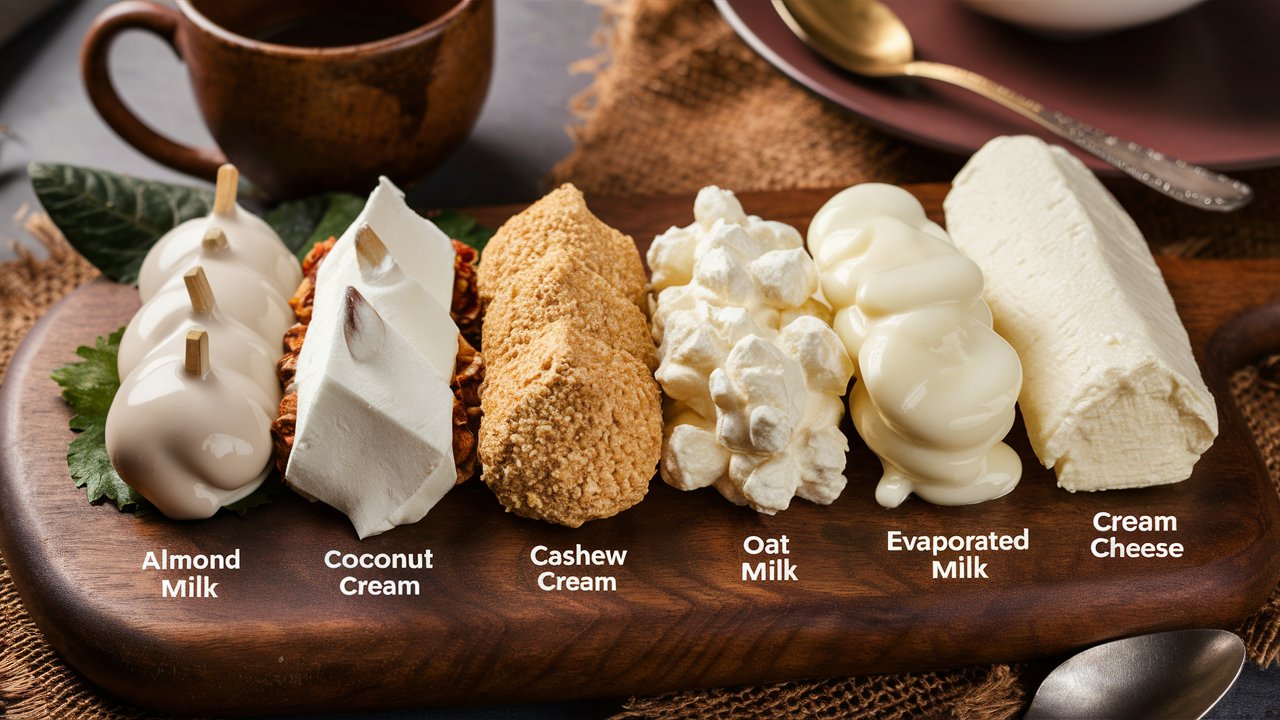
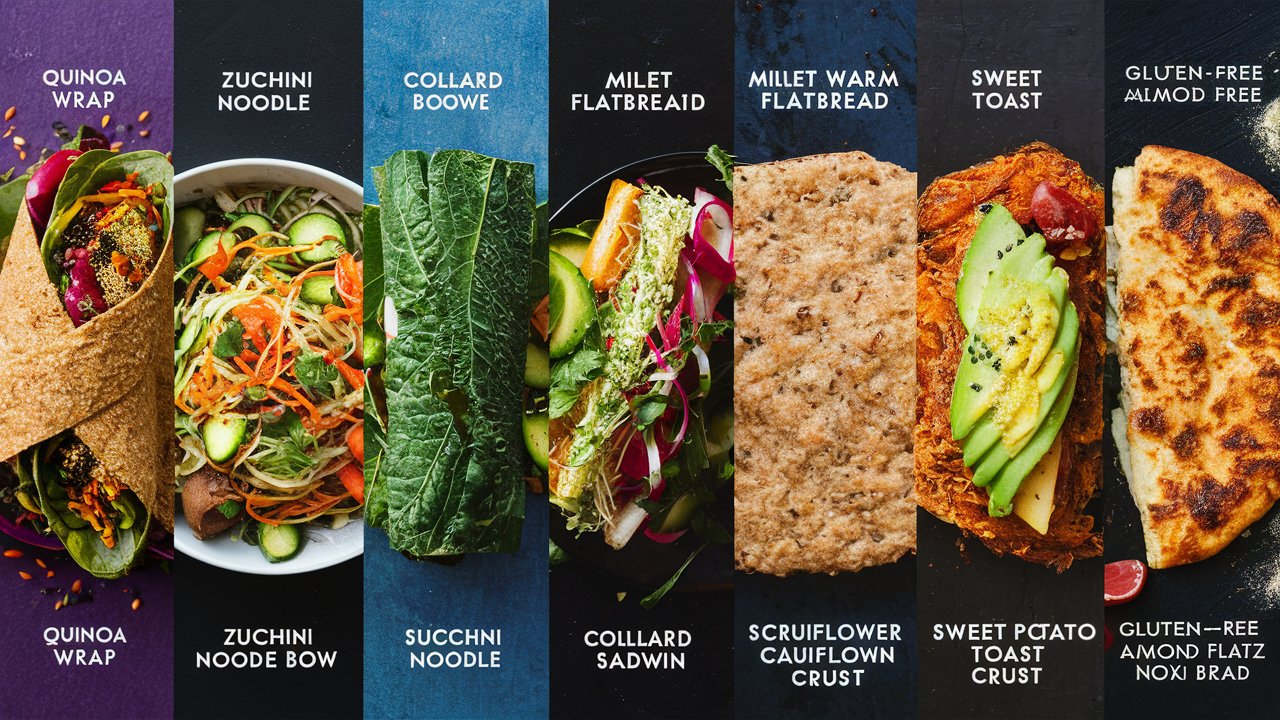
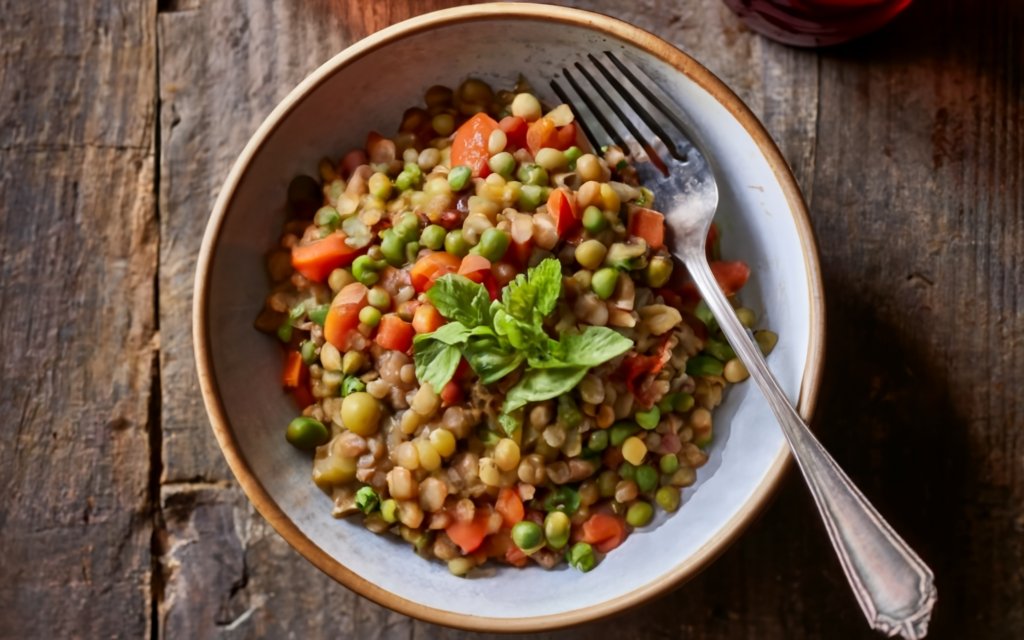
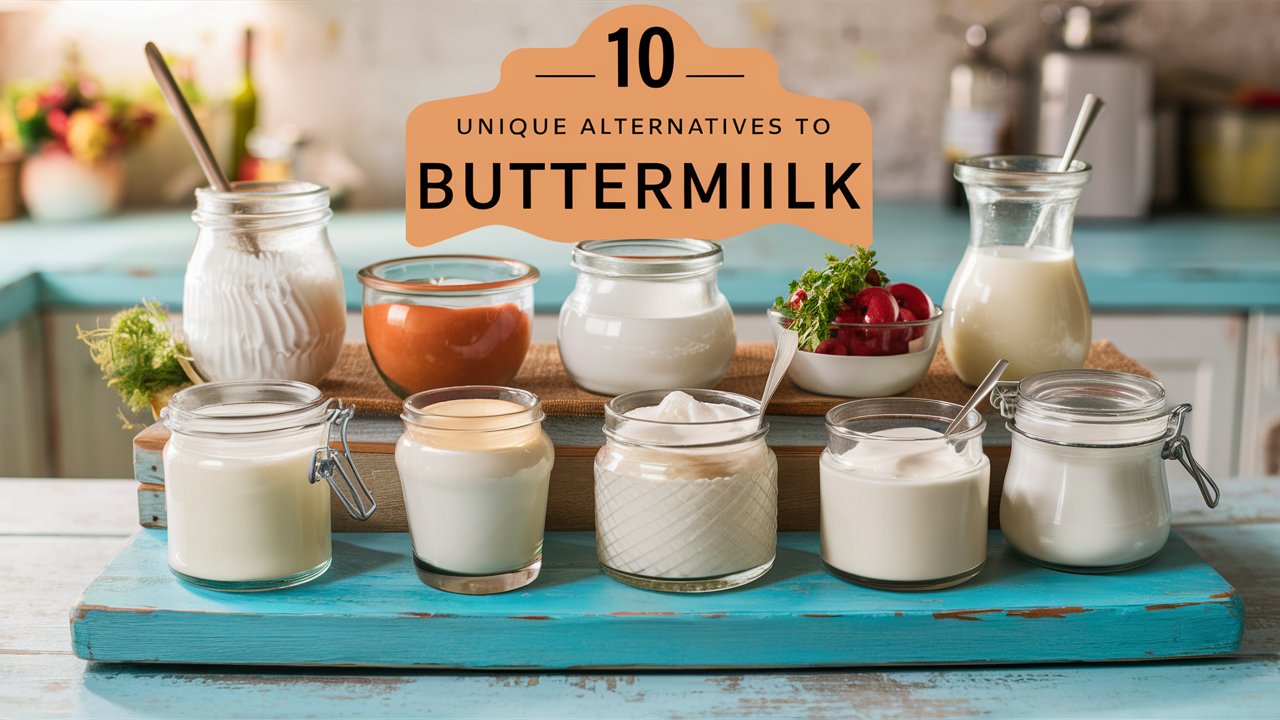
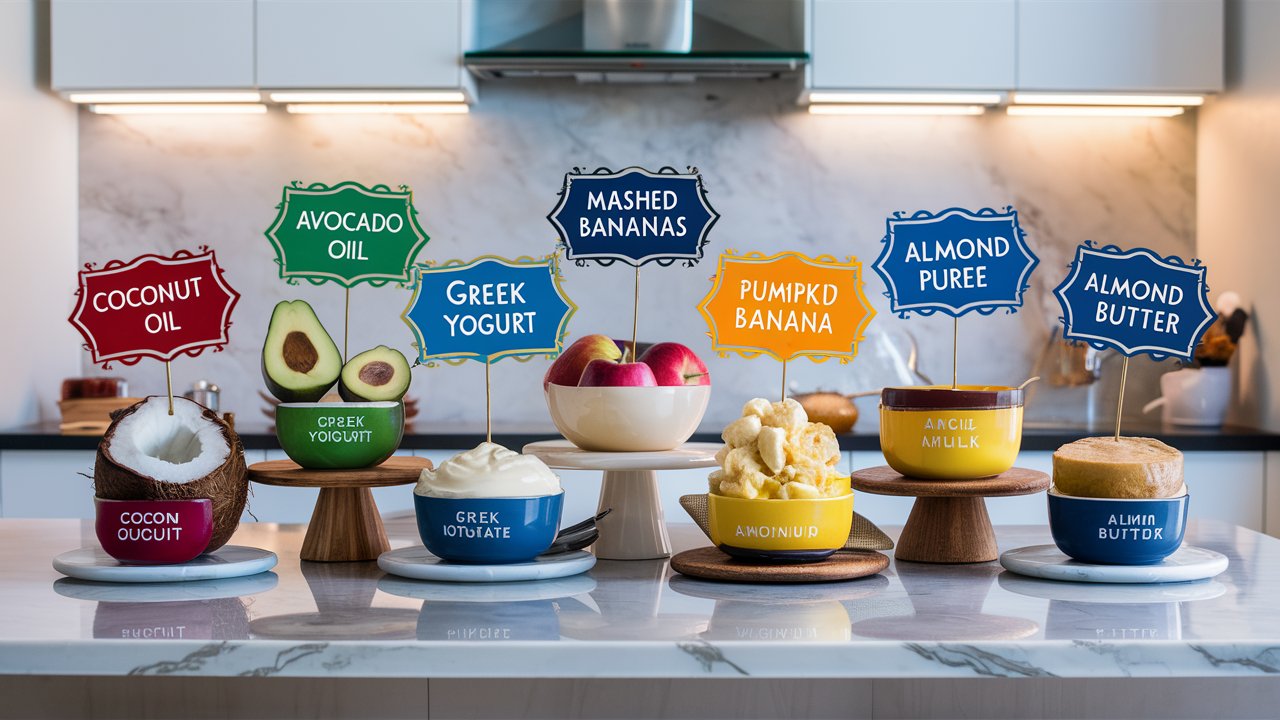

No responses yet